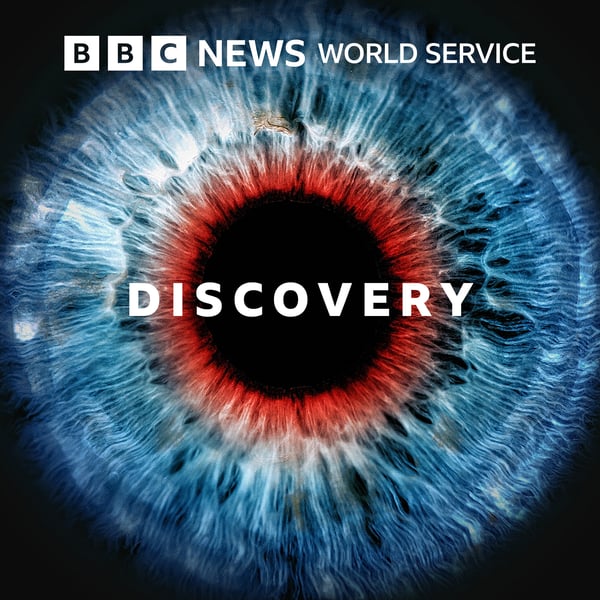The power of petite
Discovery
BBC
4.3 • 1.2K Ratings
🗓️ 9 September 2019
⏱️ 26 minutes
🧾️ Download transcript
Summary
Transcript
Click on a timestamp to play from that location
| 0:00.0 | Hello, I'm Lucy Cook, and I'm on the hunt for something rather special. |
| 0:08.0 | Something rather small. Oh my word that is so well camouflaged. That is a pygmy sloth sitting chilling in a tree. My word, it's so tiny. |
| 0:30.0 | The peculiar pint-sized pygmy sloths are a dwarf species that can only be found on one |
| 0:38.2 | tiny island off the coast of Panama. It broke off from the mainland some 9,000 years ago and ever since then the sloths have been |
| 0:47.2 | shrinking. But why? In this discovery on the BBC I want to investigate the advantages of being small |
| 0:56.2 | and find out why animals are the size they are. |
| 1:00.3 | Being small means that you can get to your breeding age much faster. |
| 1:04.0 | It means that you can have more offspring in less time. |
| 1:07.0 | In a lot of spiders, the male is very small compared to the female. |
| 1:11.0 | But if he's a bit smaller, he might be less likely to be nabs when they're mating. |
| 1:17.0 | You're more agile, you're fast, and if you want to fly, you have to be small, because it's really hard to be a big-volent animal. |
| 1:27.0 | Sounds pretty convincing to me, but to fully understand why it pays to be petite, |
| 1:35.4 | we first need some of the basics. |
| 1:37.3 | The size an animal is, really does all boil down to energy, so it's trade-offs between obtaining energy and then transforming it |
| 1:45.2 | into either metabolism or new babies. |
| 1:47.9 | This is Felicia Smith, paleontologist at the University of New Mexico. She has dedicated her life to trying to answer the question of why animals are the size they are. |
| 1:58.0 | Evolution is all about maximizing your ability to gain energy. |
| 2:02.0 | And at different times in evolutionary history, depending on the |
| 2:04.9 | environment, depending on the other predators and competitors are present, you might expect a different |
| 2:10.7 | optimal body size, right? |
| 2:12.5 | Energy, it makes sense. |
| 2:14.5 | You are what you eat. |
... |
Please login to see the full transcript.
Disclaimer: The podcast and artwork embedded on this page are from BBC, and are the property of its owner and not affiliated with or endorsed by Tapesearch.
Generated transcripts are the property of BBC and are distributed freely under the Fair Use doctrine. Transcripts generated by Tapesearch are not guaranteed to be accurate.
Copyright © Tapesearch 2025.

